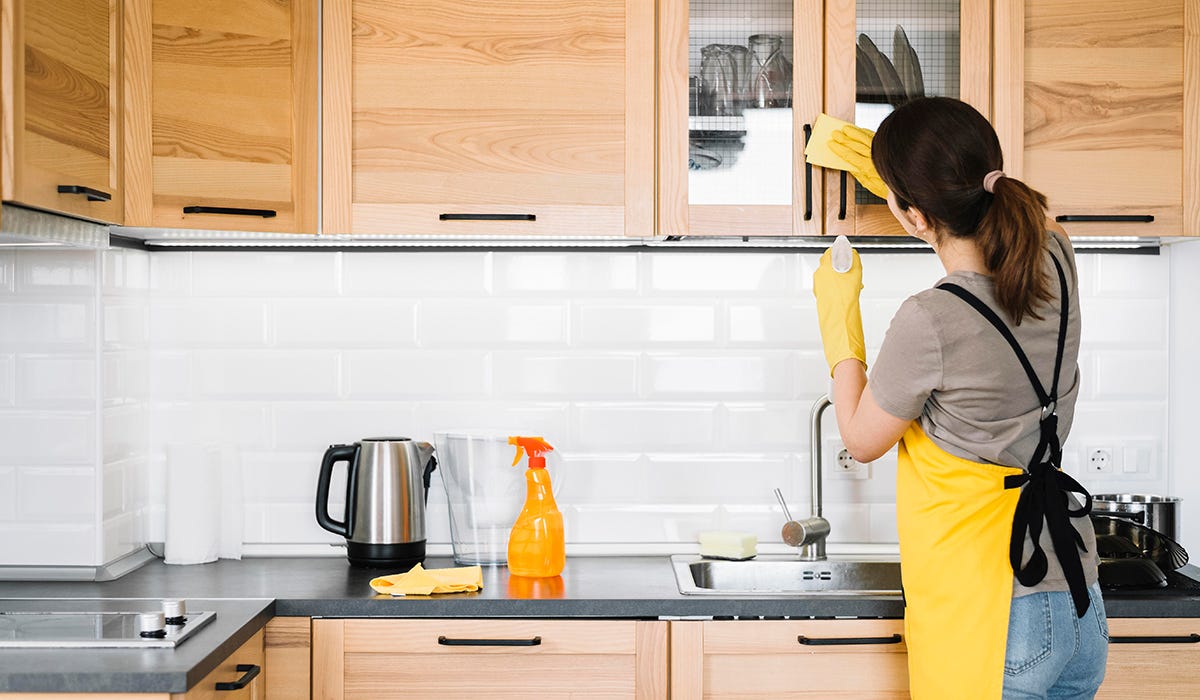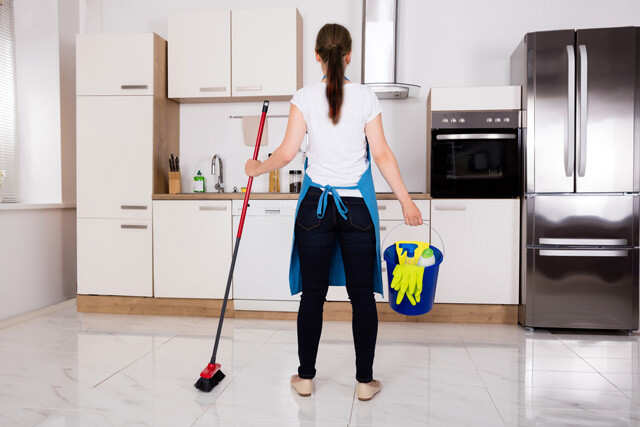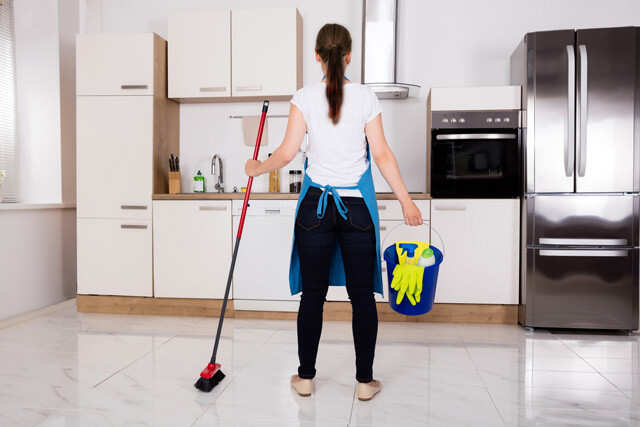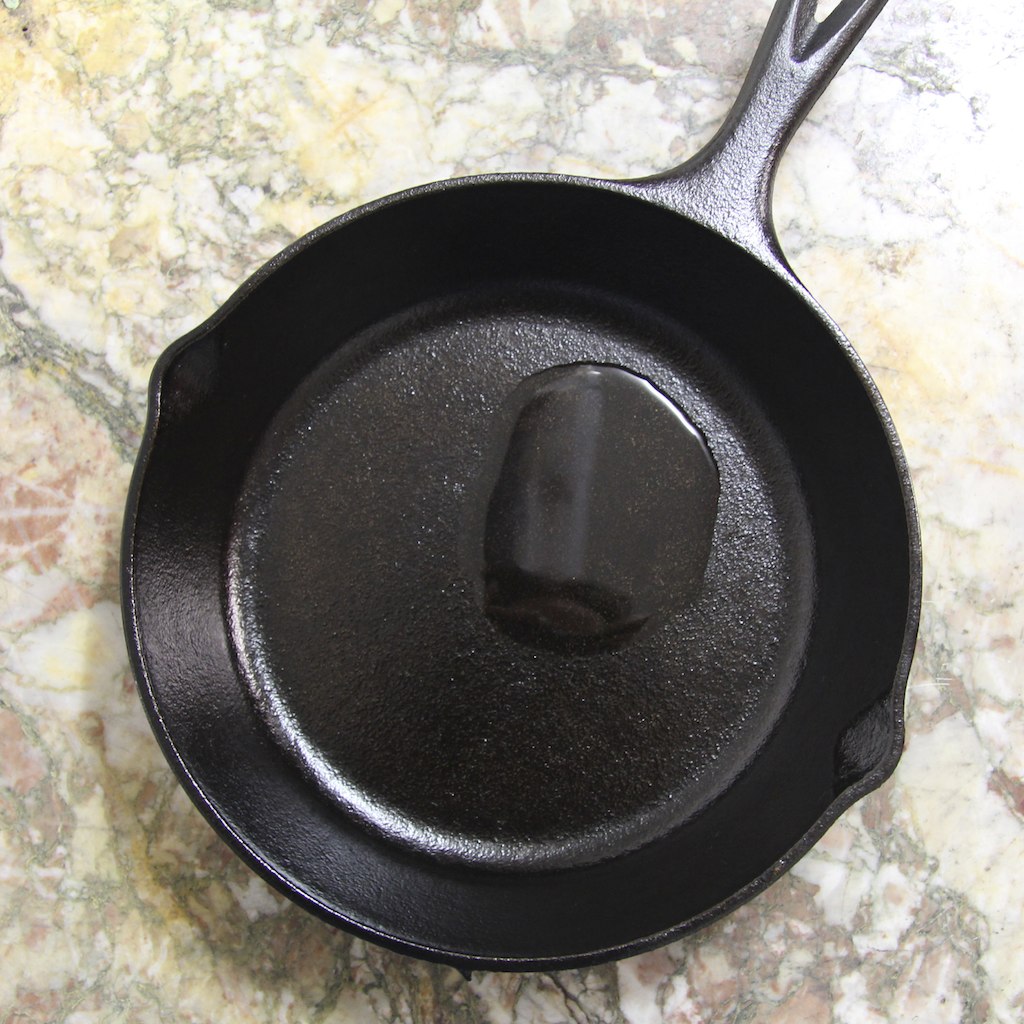For kitchen professionals, understanding how to fix rusted cast iron is essential for maintaining high-quality cookware. Cast iron has long been revered for its durability, excellent heat retention, and ability to develop a non-stick surface when seasoned properly. However, exposure to moisture can lead to rust, which can compromise the functionality and aesthetics of your beloved pans and skillets.
In this article, we will delve into the process of restoring your rusted cast iron, ensuring it remains a staple in your kitchen for years to come. We will discuss the causes of rust, methods for rust removal, proper seasoning techniques, and ongoing maintenance tips to keep your cast iron cookware in prime condition.

Understanding the Causes of Rust on Cast Iron
Before tackling the repair process, it's important to understand how rust forms on cast iron. **Rust** occurs when iron reacts with oxygen in the presence of moisture. Kitchen professionals often deal with humid environments or insufficient drying techniques, which contribute to rust formation. To effectively fix rusted cast iron cookware, recognizing these causes is the first step.
Some known causes of rust include:
- Improper washing and drying
- Leaving cookware in the sink
- Extended exposure to moisture
- Inadequate seasoning or aging of the seasoning layer
Method #1: Removing Light Rust
If you notice only light rust on your cast iron, you can often remove it with minimal effort. Start by washing the cookware with warm, soapy water, using a sponge or cloth. This method typically suffices for light rust spots.
After washing, dry the pan immediately with a clean towel to prevent further moisture buildup. Remember to saut it on low heat for a few minutes to ensure it's entirely dry. To maintain that shiny surface, a light coat of vegetable oil or shortening can be applied before storage. More information on maintaining your cookware can be found in this related article.
Method #2: Tackling Heavy Rust
If the rust is more severe, you will need to employ a stronger approach. Start by scrubbing the rusted area with a metal scrubber or steel wool. For particularly persistent spots, a paste made of baking soda and water can work wonders when allowed to sit for a while before scrubbing.
After removing the rust, wash the cookware to remove any residue and dry it thoroughly. Once cleaned, its crucial to re-season your cast iron to reinstate its protective layer. Detailed instructions on seasoning can be found in this useful guide.
Proper Seasoning Techniques
After successfully removing rust from your cast iron cookware, the next step is seasoning. Seasoning is the process of applying a thin layer of oil and heating the pan to create a non-stick surface while protecting it from moisture. Here's a quick guide on how to season your cast iron cookware:
- Thorough Cleaning: Ensure your cast iron is clean and free of rust. Any remnants of rust can interfere with the seasoning process.
- Apply Oil: Using a cloth, apply a thin layer of flaxseed oil, grapeseed oil, or vegetable oil evenly across the surface.
- Heat the Cookware: Place your cast iron upside down in a preheated oven at 450F for 1 hour. This process allows the oil to polymerize, creating a durable coating.
- Cool Down: After cooking, turn off the oven and let your cookware cool down inside.
For more intricate details on seasoning cast iron, refer to this Seasoning Overview.
Regular Maintenance for Longevity
After rehabbing your cast iron, consistent maintenance is key to preventing rust from returning. Here are a few practices to adopt:
- Always wash your cookware by hand with mild soap, avoiding harsh detergents.
- Thoroughly dry your cast iron immediately after washing.
- Store your cast iron in a dry place, preferably with a paper towel inside to absorb moisture.
- Regularly re-season your cookware to maintain the non-stick surface and protect it from moisture.
By practicing these tips, you can prolong the life of your cast iron cookware, ensuring it remains a reliable tool in your kitchen arsenal. Learn more about maintaining cast iron cookware through another related article.

Frequently Asked Questions
1. Can all cast iron cookware be restored?
Yes, most cast iron cookware can be restored as long as they aren't deeply pitted or severely compromised. The key is to catch the rust early and treat it appropriately.
2. Is it safe to use rusted cast iron cookware?
Using rusted cast iron isn't safe as rust can be unappetizing and can affect the taste of foods. It's best to restore rusted pans before using them.
3. How often should I season my cast iron cookware?
This depends on usage; however, a good rule is to season it every few uses, especially if you notice food sticking or dullness in the surface.
In conclusion, mastering how to fix rusted cast iron is a necessary skill for any professional in the culinary world. With some time, effort, and the right techniques, you can enjoy the benefits of a well-maintained and long-lasting cast iron cookware, enhancing your culinary expertise with each delicious dish you prepare.
This article contains affiliate links. We may earn a commission at no extra cost to you.






Leave a comment
This site is protected by hCaptcha and the hCaptcha Privacy Policy and Terms of Service apply.